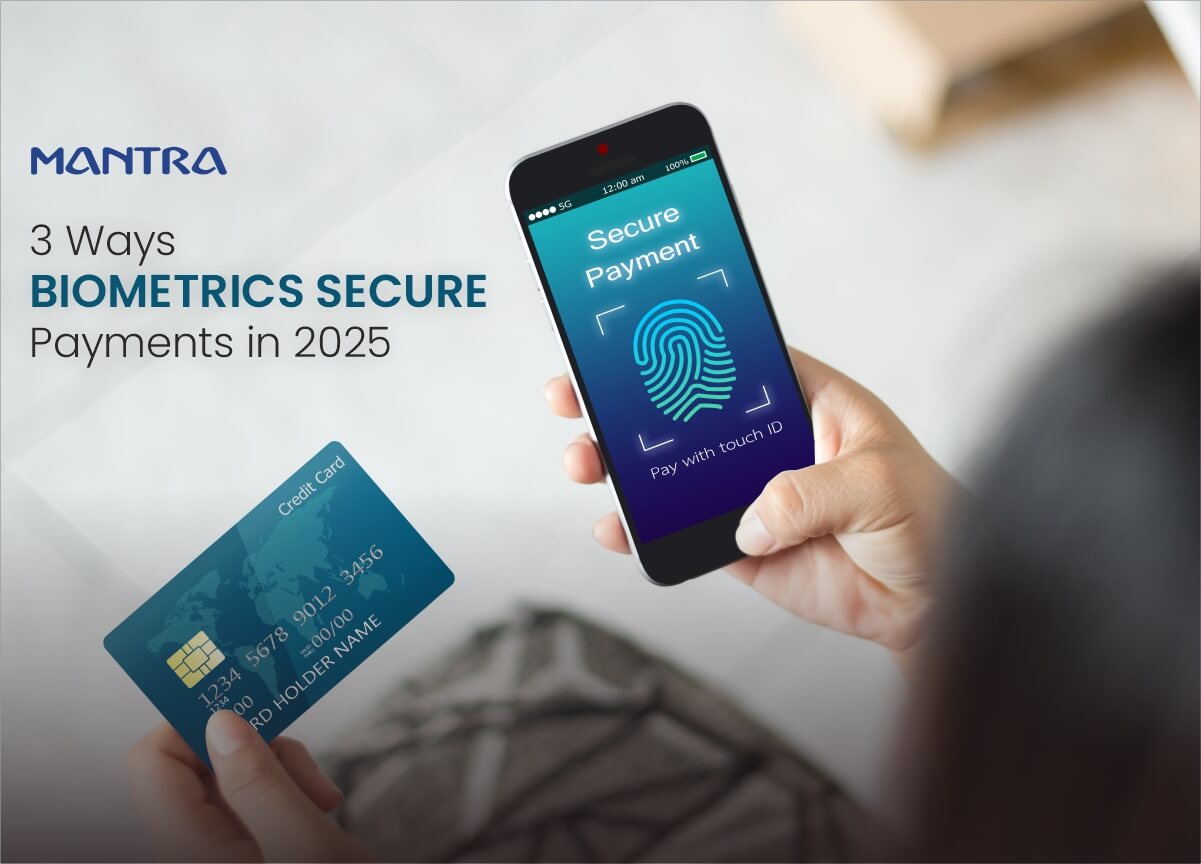
Biometric authentication is redefining digital payments-reducing chargeback fraud, blocking identity theft, and streamlining secure transactions across banking and iGaming industries.
Why Biometrics Are the Future of Secure Payments
Biometric payment technology has moved beyond novelty-it’s now central to how consumers access digital wallets, authorize banking transactions, and verify online purchases. From Face ID and fingerprint recognition to voice biometrics, these tools are replacing outdated methods like PINs, passwords, and SMS-based OTPs.
Why the shift? Because fraud is evolving fast, and traditional security methods are no longer enough. In contrast, biometric verification requires something you are-not something you know or have-making it vastly harder to steal, spoof, or fake.
1. Cut Down Chargeback Fraud with Biometric Consent
Chargeback fraud-when users falsely dispute a payment they actually authorized-costs merchants billions annually. It’s especially rampant in e-commerce, where "friendly fraud" is difficult to disprove.
Biometric verification changes the game. By linking each transaction to a user’s unique facial or voice signature, platforms gain undeniable proof of consent. This makes it far more difficult for bad actors to claim unauthorized activity.
Benefits for businesses:
Fewer false disputes
Stronger proof for chargeback challenges
Reduced operational and legal costs
Sectors like online gaming, digital retail, and financial services have already seen measurable drops in chargebacks after deploying biometric layers in payment workflows.
2. Strengthen Banking Security & Prevent Account Takeovers
Financial services are under constant attack from phishing, SIM swaps, and credential stuffing. Even two-factor authentication (2FA) via SMS is now considered weak due to rising mobile fraud.
Biometrics offer a more secure alternative by ensuring that only the authorized user can log in or complete a transaction. With fingerprint, face, or voice recognition, banks can:
Prevent account takeovers
Reduce unauthorized fund transfers
Comply with KYC and AML regulations more efficiently
Speed up digital onboarding without compromising security
For fintech apps, wallets, and neobanks, integrating biometric verification improves both security and user experience-making it a must-have in 2025’s digital-first finance landscape.
3. Secure the iGaming & Online Gambling Experience
Online gaming platforms face unique fraud risks-from multi-accounting to underage access and self-exclusion evasion. Biometrics are now playing a critical role in tightening compliance and securing transactions in this space.
How biometric authentication helps iGaming:
Enforces real-time age verification
Blocks restricted users from rejoining using fake identities
Ensures legitimate ownership of high-value transactions
Meets international gambling compliance standards (e.g., UKGC, MGA)
By eliminating document uploads and enabling seamless, real-time KYC via biometric capture, operators can streamline onboarding while deterring fraudulent users.
Not All Biometric Tech Is Built Equal
As generative AI grows, weak biometric systems are vulnerable to deepfakes, spoofing, and replay attacks. To truly fraud-proof your payment stack, your biometric provider must offer:
Liveness Detection (PAD):
To detect real humans vs. photos or deepfake videos
End-to-End Encryption:
Biometric data must be protected during capture, transfer, and storage
Zero-Trust Frameworks:
Continuous verification with no implicit trust
Choose biometric vendors with a proven track record in real-time detection, anti-spoofing, and compliance with financial and data security regulations.
The Future Is Frictionless and Fraud-Resistant
Biometric payments are no longer optional-they’re essential. From banking to iGaming, businesses that adopt biometric identity verification gain a massive edge in fraud prevention, compliance, and customer experience.
In a world of rising threats, biometric authentication doesn’t just enhance security-it rebuilds trust in every transaction.
Comments